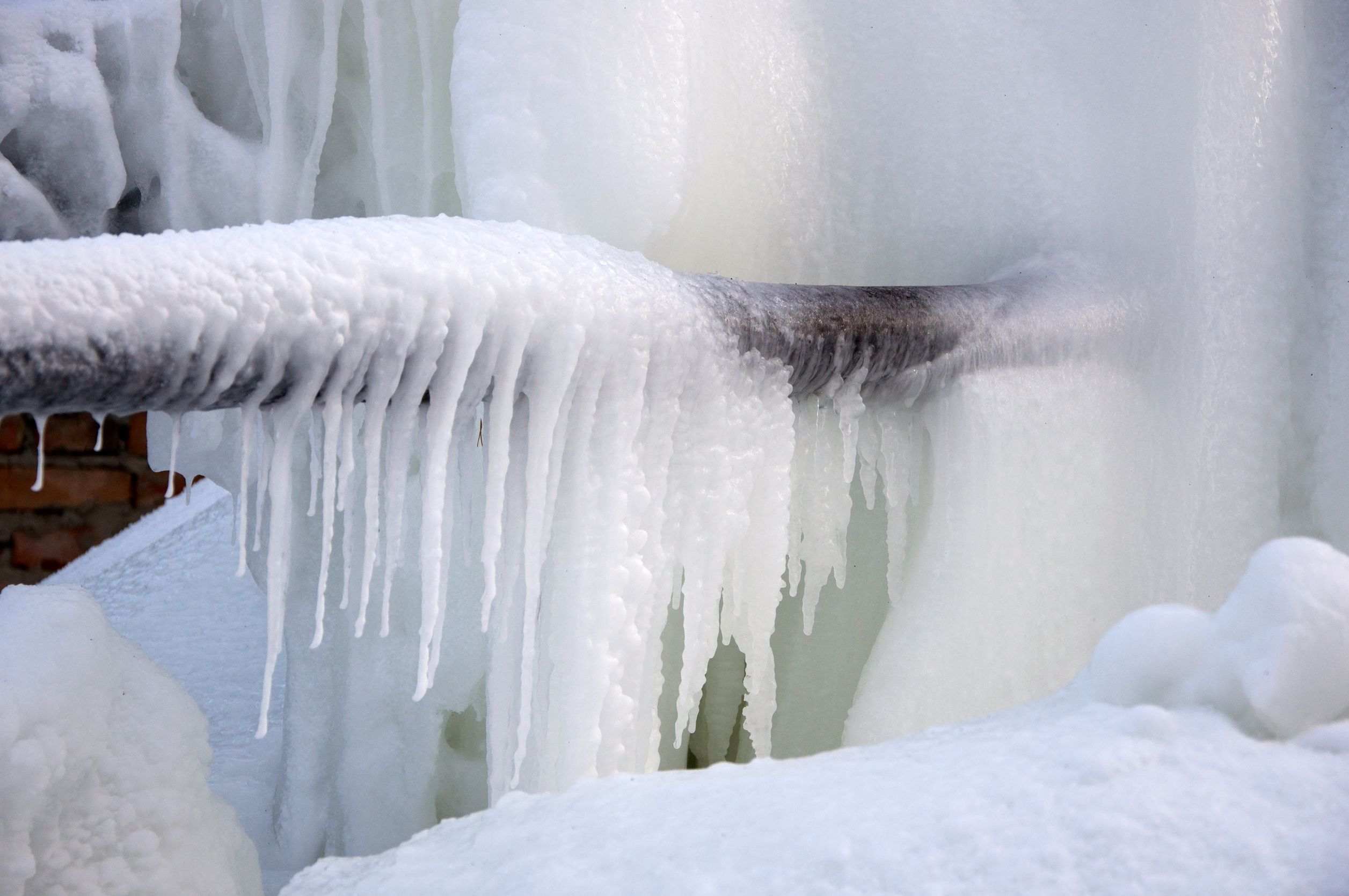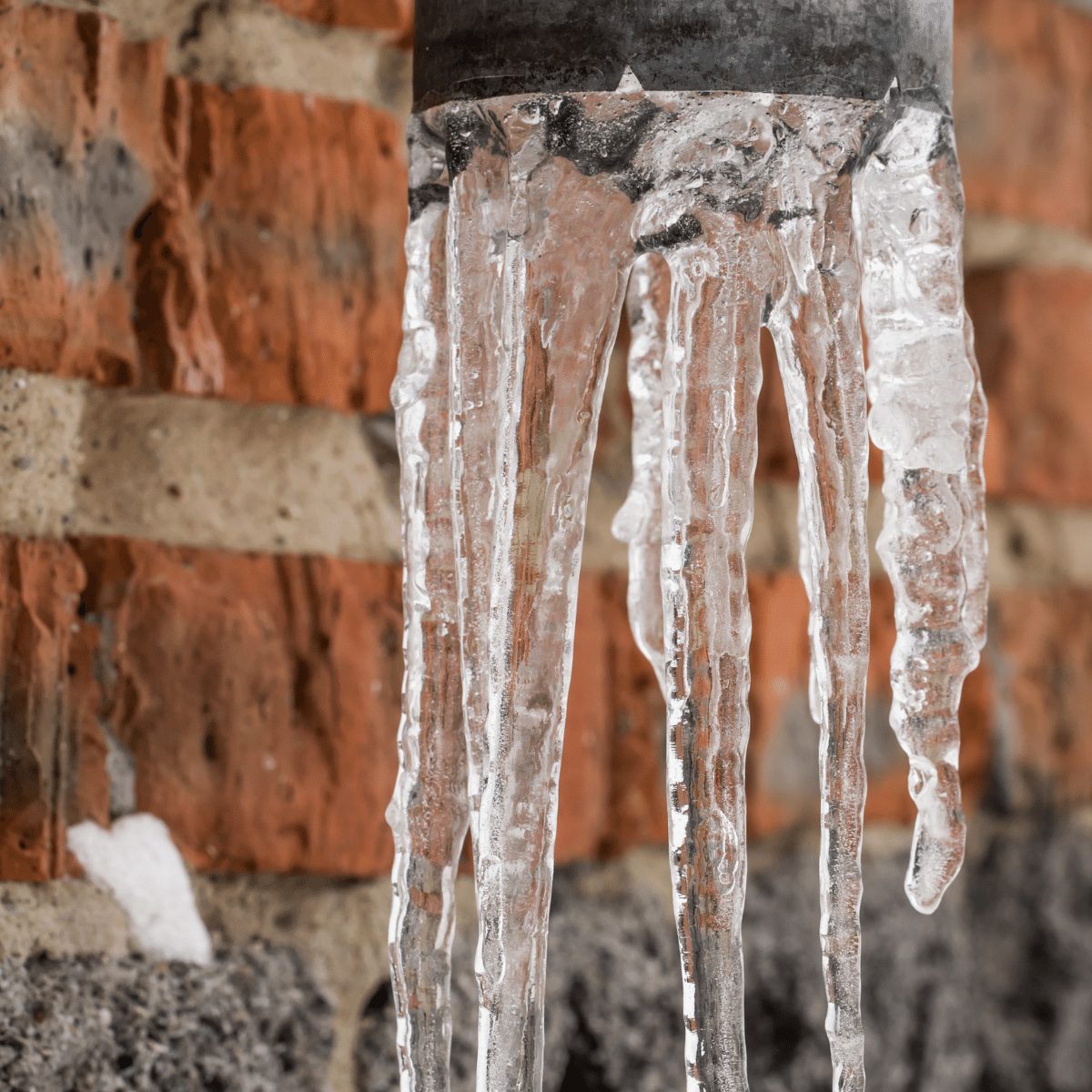Tips to Prevent Frozen Pipes in Winter: Pro Tips
Estimate FreeJust how do you feel about How To Avoid Freezing Pipes?

Cold weather can wreak havoc on your pipes, particularly by freezing pipelines. Right here's how to prevent it from taking place and what to do if it does.
Intro
As temperature levels decline, the threat of icy pipes rises, potentially resulting in pricey repairs and water damages. Recognizing exactly how to avoid frozen pipelines is critical for house owners in cold climates.
Prevention Tips
Protecting prone pipelines
Wrap pipelines in insulation sleeves or make use of warmth tape to shield them from freezing temperatures. Focus on pipes in unheated or external locations of the home.
Home heating methods
Keep indoor rooms sufficiently heated, particularly locations with pipes. Open closet doors to enable warm air to circulate around pipes under sinks.
Exactly how to identify icy pipes
Try to find reduced water circulation from taps, uncommon odors or noises from pipes, and visible frost on revealed pipelines.
Long-Term Solutions
Architectural modifications
Consider rerouting pipes away from exterior wall surfaces or unheated locations. Add additional insulation to attics, basements, and crawl spaces.
Updating insulation
Invest in high-quality insulation for pipelines, attics, and walls. Correct insulation assists keep consistent temperatures and reduces the danger of icy pipelines.
Securing Outside Pipes
Yard pipes and outside taps
Disconnect and drain garden hoses before winter season. Set up frost-proof spigots or cover outside taps with insulated caps.
Understanding Frozen Pipes
What causes pipelines to freeze?
Pipes ice up when revealed to temperatures below 32 ° F (0 ° C) for prolonged durations. As water inside the pipelines ices up, it increases, taxing the pipe wall surfaces and potentially triggering them to break.
Threats and damages
Frozen pipes can lead to water supply interruptions, residential property damages, and pricey repair services. Ruptured pipes can flood homes and create comprehensive structural damage.
Indicators of Frozen Pipeline
Recognizing frozen pipelines early can prevent them from bursting.
What to Do If Your Pipes Freeze
Immediate activities to take
If you suspect icy pipes, maintain faucets available to relieve pressure as the ice thaws. Use a hairdryer or towels soaked in hot water to thaw pipes slowly.
Final thought
Stopping icy pipes calls for positive actions and quick responses. By recognizing the reasons, signs, and preventive measures, home owners can secure their plumbing throughout cold weather.
5 Ways to Prevent Frozen Pipes
Drain Outdoor Faucets and Disconnect Hoses
First, close the shut-off valve that controls the flow of water in the pipe to your outdoor faucet. Then, head outside to disconnect and drain your hose and open the outdoor faucet to allow the water to completely drain out of the line. Turn off the faucet when done. Finally, head back to the shut-off valve and drain the remaining water inside the pipe into a bucket or container. Additionally, if you have a home irrigation system, you should consider hiring an expert to clear the system of water each year.
Insulate Pipes
One of the best and most cost-effective methods for preventing frozen water pipes is to wrap your pipes with insulation. This is especially important for areas in your home that aren’t exposed to heat, such as an attic. We suggest using foam sleeves, which can typically be found at your local hardware store.
Keep Heat Running at 65
Your pipes are located inside your walls, and the temperature there is much colder than the rest of the house. To prevent your pipes from freezing, The Insurance Information Institute suggests that you keep your home heated to at least 65 degrees, even when traveling. You may want to invest in smart devices that can keep an eye on the temperature in your home while you’re away.
Leave Water Dripping
Moving water — even a small trickle — can prevent ice from forming inside your pipes. When freezing temps are imminent, start a drip of water from all faucets that serve exposed pipes. Leaving a few faucets running will also help relieve pressure inside the pipes and help prevent a rupture if the water inside freezes.
Open Cupboard Doors
Warm your kitchen and bathroom pipes by opening cupboards and vanities. You should also leave your interior doors ajar to help warm air circulate evenly throughout your home.

We were shown that article about How to Prevent Your Pipes From Freezing through a good friend on another web blog. Sharing is good. You just don't know, you may just be helping someone out. We take joy in your readership.
Call Today